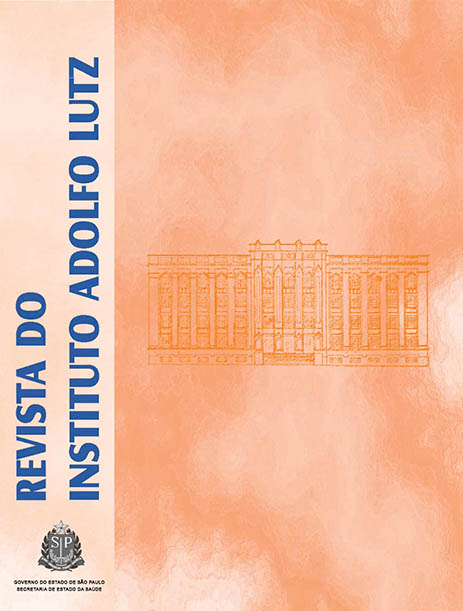Abstract
The polychlorinated biphenyls are synthetic organoclorated substances that can produce noxious effects to health. There are not any natural sources of PCBs known in the environment. They can be liquid or soli d, colorless or clear yellow. Some of them are volatile and may remain as steams in the air. They were widely used in the industry as oils for transformers, electric capacitors, in transference fluids, inks, conservants for pesticides and lubricants, amongst others. Due to their inappropriate discard in the environment and also for the fact of presenting lingerence, bioaccumulation and high toxicity, they are distributed over the land surface, contaminating the alimentary chain. Victuals, mainly the most lipidic ones, such as the animal-originated products, have been recognized as the main source of PCBs ingestion. The concern about these compounds is in regard to their toxicological potential, mainly as cancer inductors. Milk and milk deriving products are an important source of macronutrients, with emphasis on proteins, vitamins, and mineral salts. Besides, they provide beneficial effects to health. Thus, the present dissertation has the purpose of investigating the existence of PCBs in integral powdered milk and to estimate the ingestion of these compounds from that victual by pre-scholars. Data of weight and consumption of powdered milk by children attending to infantile education schools of the municipal district of Imbé, RS, have been collected. The consumption of powdered milk among these children was of 32g per day, which is equivalent to 8 ,3 g of daily fat. For the evaluation of the presence of PCBs 28, 52, 153, 138, and 180 in the powdered milk consumed by the pre-scholars we have proceeded the rebuilding of milk, followed by centrifugation in order to obtain the lipidic fraction. Subsequently, the lipidic content was extracted with sodium sulfate and ether of petroleum. The extraction and purification of the PCBs from fat were developed by using floris il and hexane. The identification and quantification of these compounds have been accomplished with the aid of the gas chromatograph equipped with micro electron capture detector (μECD). The confirmation was carried out on a gas chromatography coupled with mass spectrometer (GC/MS). The compounds concentrations were detected in the following order, from the most concentrated to the least concentrated: PCB 180 ( 0,157 ng g-1 of fat) > PCB 138 ( 0,073 ng g-1 ) > PCB 28, 52 e 153 ( <L Q ). The PCB sum ( PCB) was of 0 ,230 ng g-1 of fat, oscillating from 0,00 0 to 2,857 ng g-1 . The estimated daily ingestion of PCBs ( PCBs) from powdered milk was of 0,0013 ng g-1 fat. This value, when compared with the reference limit admitted by the Brazilian legislation, is under the value established. On the basis of the results obtained it was possible to conclude that the milk consumed by the pre-scholars from PNAE of the municipal district of Imbé does not offer any toxicological risk. Nevertheless, it is suggested the importance of other works on this area with the purpose of monitoring the presence of residues of PCBs in milky products addressed to the infantile population once that they can generate adverse effects to health.
This work is licensed under a Creative Commons Attribution 4.0 International License.
Copyright (c) 2011 Instituto Adolfo Lutz Journal
Downloads
Download data is not yet available.
